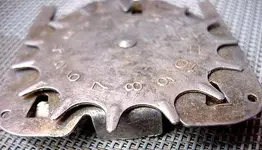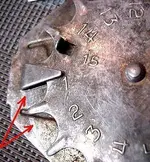how the dial is activated?
i think in this picture it is oriented correctly to read it at the pointer to the left 9 o'clock. picture 1.
directly across at 3 o'clock the teeth engage whatever makes this dial move or set. to engage, teeth on another cog would be turned up. the height of the piece of metal turned down under where the two mesh, at 3 o'clock, allows for this meshing? picture 2.
i believe a dial to the right, engaging this dial, would be turned to the right in circular fashion (knob) to make the numbers of this dial turn correctly.
how it mounts to what?
i'm guessing the two straight pieces on the back next to the pointer, at 7 & 11 o'clock, help it sit on a flat attachment point. the pointer and under it would be on one side of where it attaches and the two straight pieces on the other side. on the other side at 1 & 5 o'clock the two curved pieces could be fastening a round gauge wire securing the entire mechanism against the attachment point along left side. may be in tension or securely.
how is this dial attached to what it is set to do?
the turned up piece at 15 is squared. a tightly wrapped coil of wire on an arm reaching across to the right-say 4 o'clock with 360 swivel, or 2 in the midst, would get the arm up over the center of the dial and out of the way where the dial is engaged for setting selection. thus activating whatever purpose the dial has in circular movement.
what dial is set to max. then reverses?
a toaster-things with timers. i have searched toasters without any supporting evidence

this thing is quit big and whatever engages it to set is equally as big.
the metal reminds me of late 40's to late 50's maybe early 60's.
none of this is correct until supported.
i doubted this 'dial thing' would get the best of me while reading through the post. well, it appears to have set my fingers in motion. hope i haven't rambled on too much.
be gentle if you disagree. just thinking i might cog, i mean, jog another's idea. that's what it is all about? right?
mike



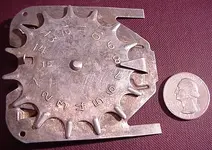
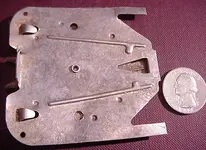
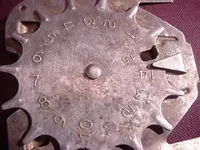
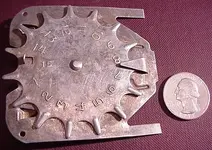
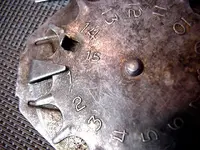
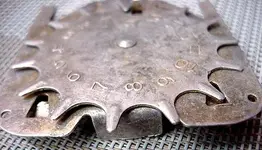
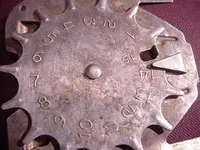
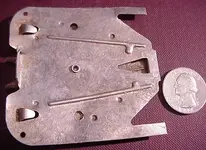
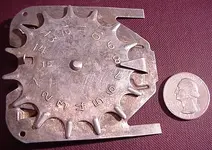
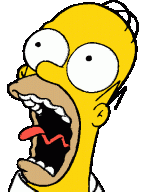
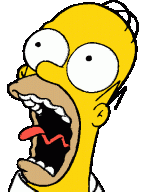

 ? thoguh, not based on any truth!
? thoguh, not based on any truth!
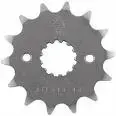
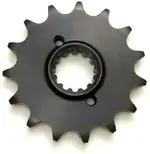
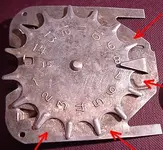

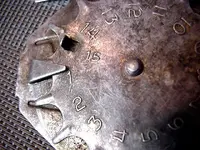

 geez if i'd only known-what i wrote is likly a repeat. but you can't count it because i missed pages 1,2,3,4,5,6, & 7. now i'll have to go back and read them. talk about being out of date!
geez if i'd only known-what i wrote is likly a repeat. but you can't count it because i missed pages 1,2,3,4,5,6, & 7. now i'll have to go back and read them. talk about being out of date!